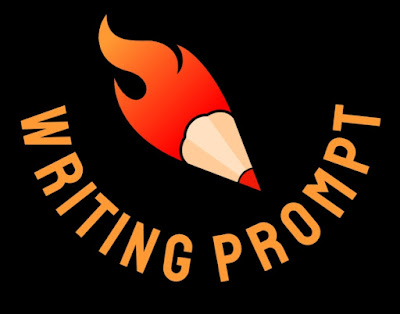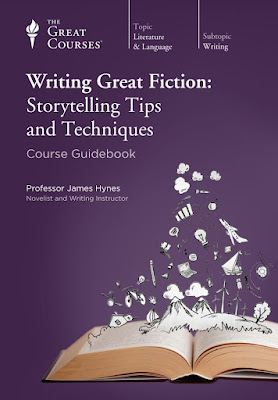Liquid Story Binder Writer's Word Processor
Aspiring
and accomplished writers alike know that disorganized thoughts can be a
maddening hindrance to creativity. Especially when all of those
disorganized thoughts are spread across a maelstrom of notebooks, Word
files, post-it's, emails, magazine margins, storyboard sketches, and
whatever else.Liquid Story Binder is designed for authors, poets, writers, novelists, anyone writing a book or anything at all really! No matter what your ability level, Liquid Story Binder is the ideal program for writing, and will provide you with all the tools you need to create, outline, organize, timeline, revise, storyboard, conceive, diagram, and format your work.
It even includes a built-in audio recorder in case you want to listen to the pacing and phrasing of a particular section, paragraph, or sentence!
Liquid Story Binder is completely customizable. Choose a color scheme that suits you, save window positions and open files, create workspaces, open dozens of windows simultaneously or just a simple textbox centered in the screen... it's up to you, your comfort zone, and your writing style!
Can't remember where you wrote that important paragraph? A Universal Search feature makes finding it a snap. Search every Chapter, Note, Builder, Timeline, Storyboard, Outline, Dossier, Sequence and Backup for a single lost word or phrase. Plus, the Repetition Visualizer helps you to find and weed out repetitive words and phrases, at-a-glance!
Extremely adaptable, Liquid Story Binder utilizes common TXT, RTF, and ZIP file formats, guaranteeing future access. It can be stored and executed off of a portable USB drive, and automatically creates an easy-to-access backup file with an entry for each day's changes. Liquid Story Binder is the ultimate software for writing.⁸
A Portable Text Editor that Keeps You Organized
Liquid
Story Binder XE is a uniquely designed word processor for professional
and aspiring authors, poets, and novelists. Writing software for those
who require the editing ability of a commercial text editor as well as a
document tracking system. It is for those who want the freedom to
create, outline and revise but are tired of losing track of their work.
Dossiers
Create Dossiers for major characters and settings.
Timelines
Plot your novel by organizing cards along colored timelines.
Storyboards
Combine images and text to create a visual reference board.
Journals
Create a writing journal, or even fictional journals for each one of your characters.
Outlines
Create a collapsible tree of plot ideas.
Mindmaps
Link ideas together using lines and text.
Image Galleries
Organize your reference images into galleries.
Checklists
A list of titles and captions with checkmarks.
Contrasts
A two-columned list for direct comparisons.
Builders
Organize complex scenes using titles, descriptions, and color indexing.
Position Memory
Liquid Story Binder XE remembers just where you left off.
Manuscript Building
Combine multiple chapters into a single manuscript automatically.
Printing
Preserve your font and paragraph editing with Format Printing.
Workspaces
Preserve your favorite window layouts for quick access.
Project Goals
Words per day, words left to write, days remaining, multi-document word counts.
Color Schemes
Create the perfect writing environment with your favorite window colors.
Recordings
Record yourself reading your own novel. Test for pacing and time.
File Listings
Organize all your files into easy-access file trees.
Backups
Every
Chapter has its own backup repository. Never lose a single word with
automatic version and session backups. Compress your whole archive into a
single ZIP file.
Shortcuts
Quickly access your favorite external software and documents.
Statistics
Times, Word Counts, Goals, Sessions, Versions, Days.
Reader
Read over your work in a easy to view columned window, free of editing distractions.
Music Playlists
Add your MP3s and sort them into playlists. Set the mood for writing.
External Editing
Open your work outside of Liquid Story Binder.


.png)

.jpg)



